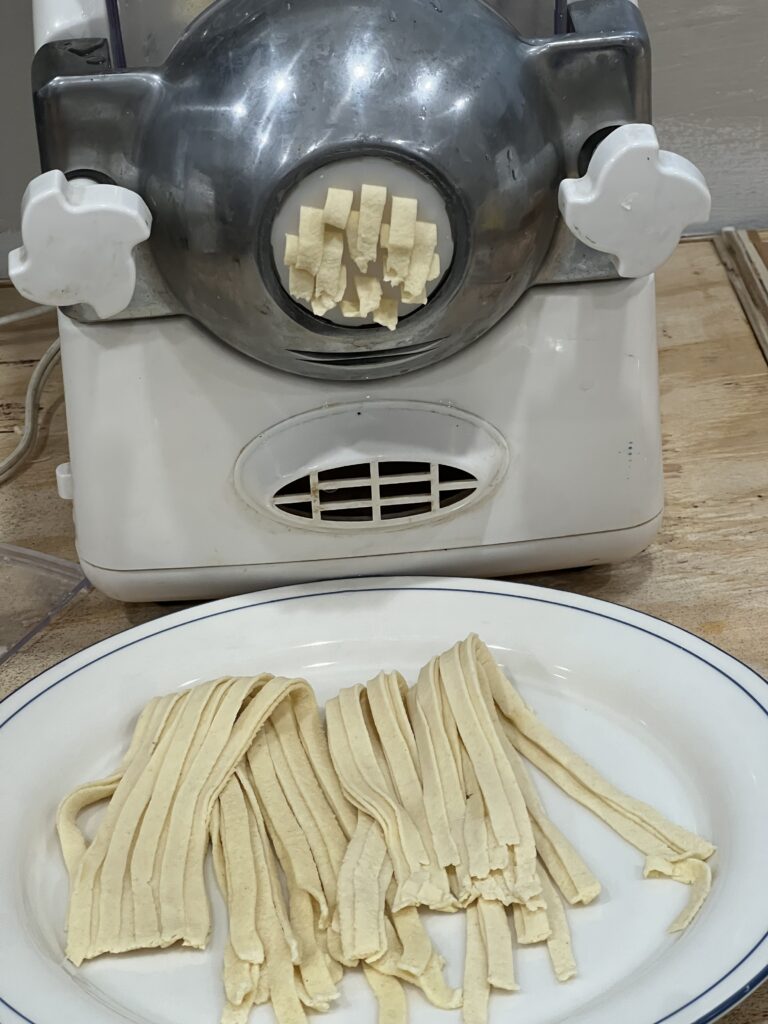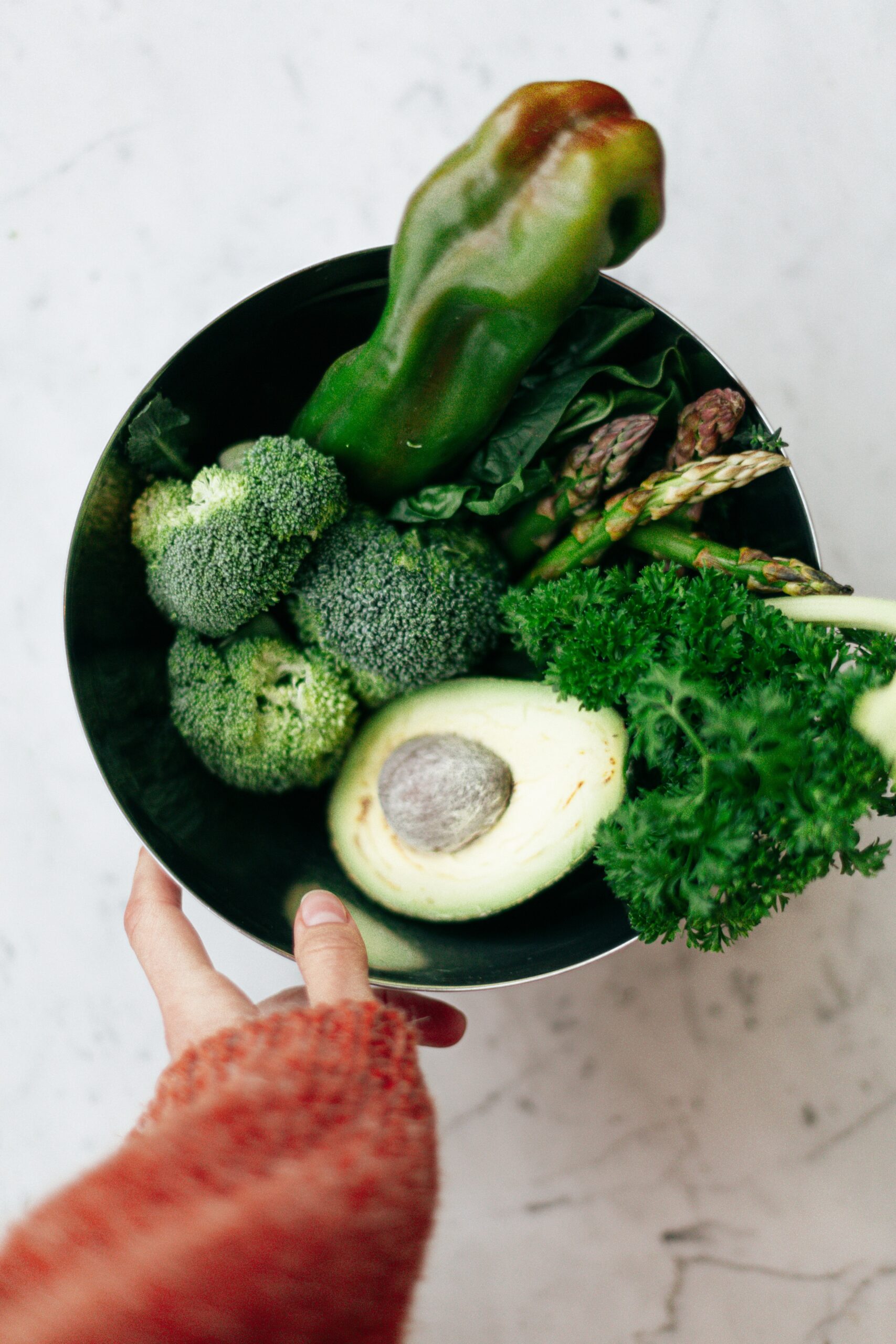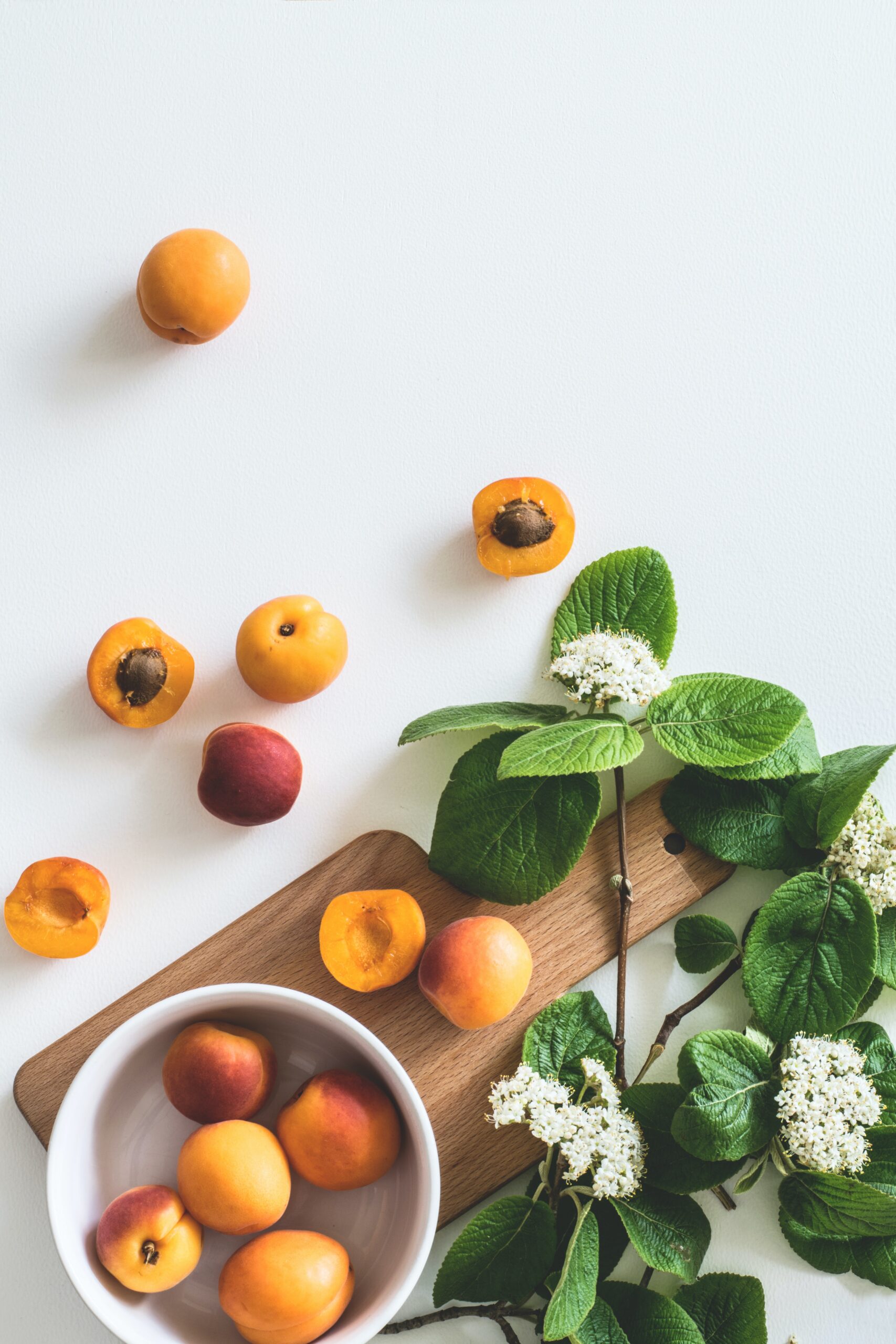Increase your variety of grains
What are your resolutions for the new year? Me? One includes cooking and the other includes relationships. The goal for cooking in 2023 is essentially a task I have no experience, baking bread. When my oldest was a teenager, diagnosed with severe food allergies (she ate a granola bar that caused anaphylaxis) I began to experiment with baking gluten free breads. The art was challenging, we concocted a few family favorites that satisfied her quench for the grain, but soon the task became ancient history after she left the home college bound. It was during this time I discovered that there are other grains, not just the old American standard bleached white flour. Now life turns full circle, exploring the impacts of health to help others with healing the body, I return to the almighty grain. These food groups are a great way to explore adding new elements to the diet for healing the body. In the book, IN THE GARDEN, I spend a whole chapter studying the elements of the seed, ending up on the threshing floor with Ruth and Boaz as they break kernels of wheat.
There are ancient grains out there, maybe not as ancient as Ruth and Boaz, but ones that have been reintroduced into the world as health guru’s work at the longevity of life. The following two are grains I have started exploring: Semolina and Spelt.
Semolina Flour – Several years ago reading the Blue Zones cookbook , I learned about the grain semolina. Blue zones are areas of the world with the longest living populations, mostly contributed to their diets. Sardinians make pasta often just from semolina, flour, and water. This type of flour is high in protein and fiber, iron and folate, has a low glycemic index. Warning, this flour is not gluten free. We can eat pasta for dinner, feel full for hours, and not have that sugar high and bloated feeling often associated with pasta made from white flour.
Tonight we used our ancient pasta maker (pictured) received as a wedding gift 30 years ago. That baby still works and it loved the semolina flour. We made a batch just for the two of us and paired it with homemade marinara sauce. Just like the Sardinians, using only semolina flour, water, and a touch of olive oil in the water. The taste was impeccable and no bloated feeling afterwards.
Spelt Flour – this is a favorite in our household, low in gluten, and tastes like white bread. We started making our own flat bread and pizza crusts from a spelt starter this year. The only ingredients are spelt flour 1 cup, 1/2 cup of spelt starter , and just a touch of olive oil. Whole spelt is also a good source of dietary fiber. Fiber helps slow down digestion and absorption, which helps reduce blood sugar spikes. It’s an ancient whole grain, with 5 gm of protein and fiber. If you love to read about the ancient practices of these grains, here’s an article for you.
https://www.food.actapol.net/pub/1_3_2008.pdf
How to make the pizza crust? A little patience is required, but the end result it worth the wait.
Spelt Pizza Dough
recipe adapted from Julie Pratt’s Plant based Recipe Book THE PLANTPOWER WAY: ITALIA
Ingredients:
1 cup spelt flour
1/2 cup spelt starter
1 tablespoon Olive oil
I highly recommend purchasing her cookbook. The pictures are dreamy, the food sublime. Julie has a way with explaining the baking process that I will not repeat, because they are her words, and she seems to be a master in the details.
Kneading the ingredients above are essential. Wait 30 minutes then knead again. Roll out into a form that resembles a pizza crust. Cook for 350 degrees for 10 minutes before placing your favorite pizza toppings. Our favorites include organic mushrooms, red peppers, red onions, and tomatoes. We only use pizza sauce, no cheese needed. In the past, I made a cashew cheese from scratch, but after a kitchen renovation precluding me from elaborate cooking styles and vitamix usage, I found that eating this combination needs no cheese or substitute. It’s like acquiring the taste for oats without the need for heat. Once your palate aquires something, there is not need to return. After the toppings are assembled, place in the oven, and cook at 475 degrees for 10 minutes longer. Bon appetite!






